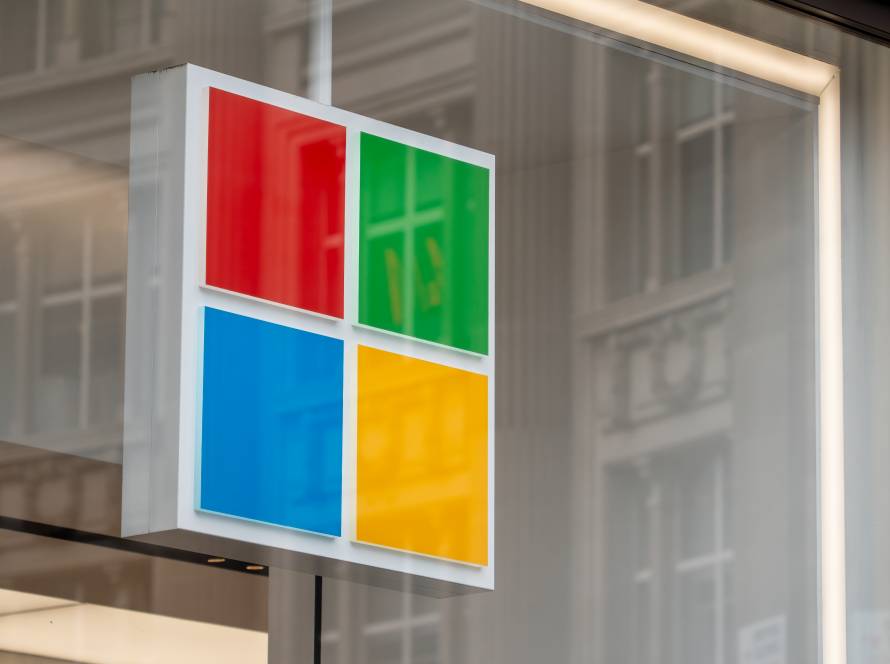October 2025 Microsoft Security Updates: What You Need to Know
October’s Patch Tuesday was one of the most significant in recent years, marking the end of free support for Windows 10 and introducing AI-powered enhancements and critical security fixes for Windows 11. With over 170 vulnerabilities patched, including multiple zero-days, this update cycle demands attention from IT teams and business leaders alike.
Key Highlights from October 2025 Updates
-
Windows 11 Updates (KB5066835 & KB5066793):
- AI features in File Explorer and Copilot+ PCs.
- New Braille Viewer in Narrator.
- Administrator Protection (disabled by default).
- Enhanced Game Bar and passkey integration.
- Fixes for PowerShell, Windows Hello, and gamepad input bugs.
-
Windows 10 Final Update (KB5066791):
- Security-only fixes; no new features.
- Marks the end of free support unless enrolled in ESU.
-
Zero-Day Vulnerabilities Patched:
- CVE-2025-24990: Agere Modem driver flaw (removed).
- CVE-2025-59230: RasMan privilege escalation.
- CVE-2025-59287: WSUS remote code execution (9.8 CVSS).
-
Emergency Fix (KB5070773):
- Restores USB keyboard/mouse functionality in WinRE after KB5066835 broke input support.

Pros of Installing October 2025 Updates
- Critical Security Fixes: Over 170 vulnerabilities patched, including actively exploited zero-days.
- Improved Stability: Fixes for PowerShell, gamepad input, and browser issues.
- New Features: AI enhancements, accessibility improvements, and productivity tweaks.
- Compliance: Helps meet regulatory requirements (e.g., GDPR, PCI DSS).
- End-of-Life Mitigation: Windows 10 users can enroll in ESU for continued protection.
Cons and Risks to Consider
- Deployment Issues: KB5066835 caused USB input failures in WinRE, requiring emergency patch KB5070773.
- Compatibility Risks: New features may conflict with legacy applications or drivers.
- Disruption Potential: Updates may require reboots or downtime, impacting 24/7 operations.
- Gradual Rollout: Some features are hardware-dependent or region-specific and may not appear immediately.
Best Practices for Deployment
1. Preparation
- Inventory Systems: Use tools like WSUS, Intune, or Configuration Manager.
- Review Patch Notes: Understand what’s included and affected.
- Backup Critical Systems: Always have rollback options.
2. Testing
- Stage Updates: Test in a controlled environment before full rollout.
- Monitor for Issues: Watch forums and Microsoft’s Release Health Dashboard.
3. Prioritize by Risk
- Patch Zero-Days First: Apply critical updates within 24–72 hours.
- Focus on Internet-Facing Systems: These are most vulnerable.
4. Automation
- Use Windows Update for Business, Intune, or third-party patching tools to streamline deployment.
5. Communication
- Notify users of potential downtime.
- Coordinate with stakeholders to schedule updates during low-traffic periods.


The October 2025 updates are not just routine—they’re a security imperative. While the risk of disruption exists, the cost of inaction is far greater. With proper planning, testing, and prioritization, organizations can deploy these updates confidently and maintain a resilient IT environment.
If you would like further information or assistance in their deployment please contact us on 01246 901392 or Info@securechaingroup.com


